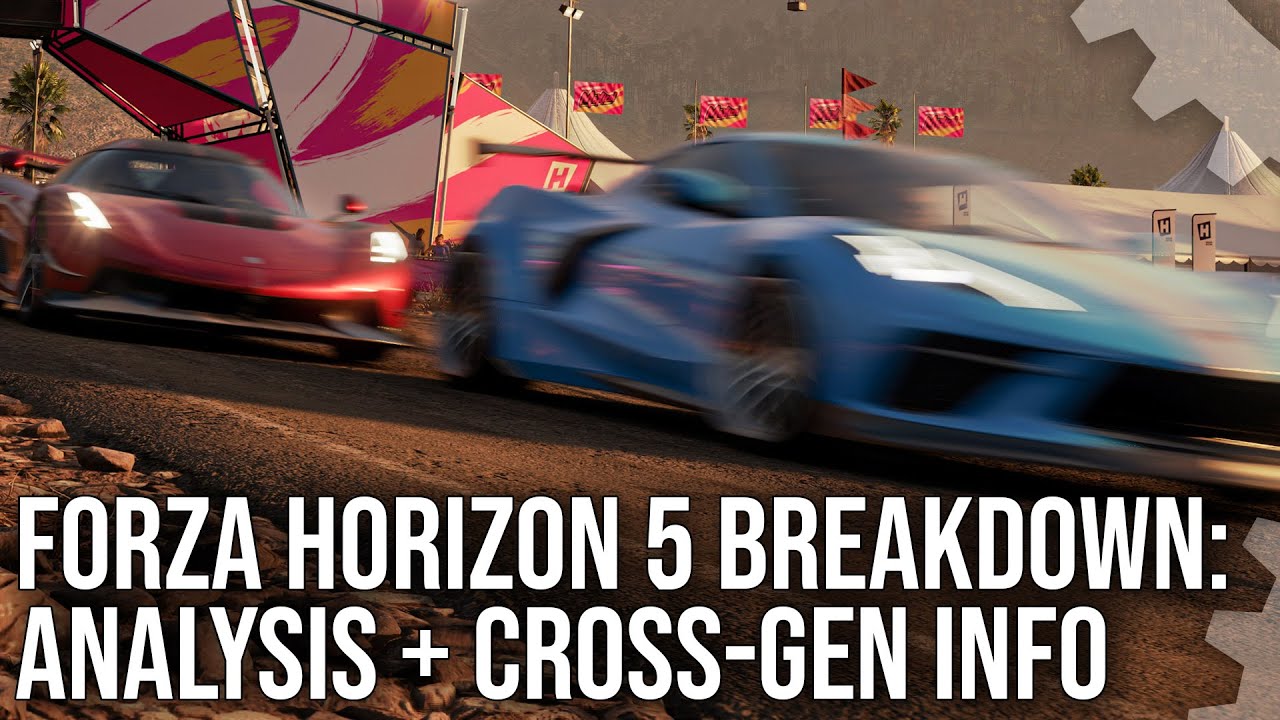Read all about the 4a metro redux RT here. Don’t think they’ve done a deep dive on how/if console implementation differs
I will start by stating that in Ray Tracing all the hardware struggles because of the slow nature of bvh generation. Because that is still done on shaders or CPU.
For game like fast moving cars this bvh generation maybe even more taxing… That’s why I think RT in FH5 is limited to Forza Vista
Also, it’s not impossible either. We have seen glimpse of that in GT 7 already. And Motorsports will also have it. Although, Both GT and Motorsports are not open world hence it would be easier to implement in those games.
Then there are various other caveats like being cross gen and other stuff.
This reminds of the GI and reflections in Minecraft RT.
I’m impressed. Impressive raytracing at decent resolutions at 60 fps with hardware that’s been out less than a year.
It’s very impressive. It was not that long ago that getting such metrics was extremely difficult unless you are using DLSS on very expensive graphics cards.
Speaking of RT improvements, the presenter for VRS in MS Gamestack said that one of the things that VRS can help optimize is the number of rays need per region.
I think SFS will also help free up memory to allow for more BVH data.
Lastly, I’m assuming lower precision floating points fp4-fp16 are probably not used aggressively. When they do they should free up memory and cache bandwidth.
Oh that’s nice. I was wondering if that was possible since the feature was announced.
Regarding RT performance, I don’t have the links anymore, but I came across 2 articles that I found interesting. One was from Anandtech (I think) claiming that rt cores on rtx are also tied to the texture units. The reason for that is for scheduling their workload, basically so a shader can request for a intersection check in the same way it requests a texture.
The other was from Nvidia themselves claiming that their rt performance advantage comes from their bvh algorithms, they have super advanced algorithms for creating, updating and searching the bvh according to them.
If both are true then perhaps it’s another area rdna2 gpus can catch up without a hardware refresh
I wonder if the poor draw distance for foliage on the Series S version of Metro is due to the GPU, memory, memory bandwidth limitations, or maybe all of the above. Part of me kind of wishes they offered a non-RT option at 1080p60 for the Series S version. Looks amazing on the Series X from what I’ve played so far though.
On the flip side, the Forza tech continues to be one of the most efficient and impressive engines in the industry. I can’t wait to see how far this engine is pushed this generation. Fable will melt eyeballs and I can’t wait for that to happen.
RTGI alone, especially if we’re talking about a single bounce as seen in the original RTGI implementation found in Metro Exodus, is cheaper than RT reflections. What we’re seeing in Metro enhanced edition is quite a bit more. We now have infinite bounces, RT emissive surfaces, every light source is ray traced, and more. The graph provided by 4A cover all the RT features found in the enhanced edition.
It’s probably worth noting only the first bounce in the RTGI is real time where the following bounces are done by sampling and caching each ray through a number of frames into light probes. So the infinite bounce portion isn’t entirely done in real time during each frame.
Great post! When I originally read this last month, I was really curious to how well it would translate to new gen consoles. Everything in this article, outside of RT reflections, should also apply to consoles to some extent. The biggest difference would be the RT settings being lower than what’s found on PC.
Their lighting system has been rebuilt as RT. A non RT option would mean no lighting and a pitch black screen. I guess at least you’d see the black at 60….![]()
Maybe they could have made the Series S version 30fps and raised the resolution and draw distance instead.
Yeah I get that and mentioned it by saying every light source is now RT. ![]() To clarify, I meant providing an option to select one of two rendering paths for the Series S version: one with the full RT implementation and another option that is basically an enhanced last gen version, maybe even just a Gen9 aware version. I understand this isn’t realistic since it would create even more work for them and for a SKU that may be the least played. Was just thinking what I’d prefer if I was a Series S owner alone.
To clarify, I meant providing an option to select one of two rendering paths for the Series S version: one with the full RT implementation and another option that is basically an enhanced last gen version, maybe even just a Gen9 aware version. I understand this isn’t realistic since it would create even more work for them and for a SKU that may be the least played. Was just thinking what I’d prefer if I was a Series S owner alone.
RT must hit pretty hard on memory bandwidth and size. So I would guess more on the RAM side than GPU itself.
The non RT version won’t be possible because they are switching to a 100% RT default base lighting for their future projects. This baseline speeds up their production and allows everything to be dynamic, so it was a goal.
They do say that console performance increased tremendously during the development of the game as new devkits arrived, and there is still plenty to optimize for them. I think that for future projects, it might not be so bad.
They could have turned to 30fps on that version, but 60fps was also a design goal. All in all I think it’s an impressive showing for SS. This is the scenario where everyone was saying it wouldn’t be possible on it: A game using RT extensively where the SS limited capabilities would end up limiting the design of the other versions, or reaching so low resolutions that it would look like a mess, and turned out it didn’t, even for a launch window game created on heavily changing tools (Most of the talk is related to Xbox in the dive deep and they mention that even though the performance increased with new SDK that they changed the bvh strutctures quite a bit, so they had to reverse engineer it with every new release). Even IQ wise it’s a step up from xbone.
The major difference they highlight are some adjustments based on cache size and other underlying hardware details are done, but that overall the code is pretty much the same.
Honestly the fact that an open world game like Exodus is running with full RT, 60 FPS and 900 - 1080p in a 299 dollar machine is bonkers. I do think they should limit the frame rate to 30 for the Series S version, though, that way it should remain at 1080p at all times and give a cleaner image.
I wonder how effective that would be against the temporal reconstructed version. Because the higher the framerate the better temporal upsampling solutions work in theory (less delta between frames).
I’m guessing some settings could be higher (specially draw distance on SS, and tessellation overall), but for overall IQ wouldn’t make much of a difference.
Options are always good, but if they had to chose one due time/production constraints, I’m glad they went with 60fps.

But why?
They are still way behind in their backcompat game.

